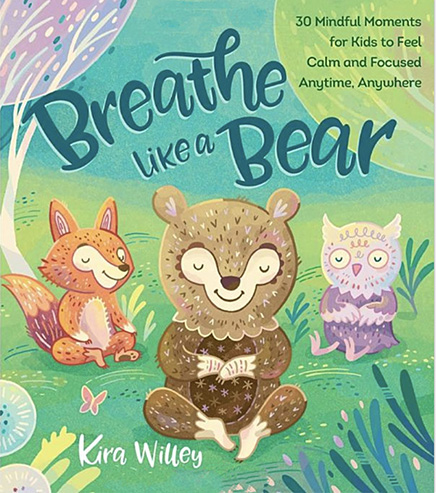
A recent study by researchers at the University of Michigan has found that there is a link between mindfulness and making errors. In their article published in the journal Brain Sciences, the researchers explain that meditation can help people make fewer mistakes. The study was conducted with 206 participants who had no prior mindfulness training experience. After a 20-minute meditation exercise, participants’ brain activity was measured.
The study found that even those participants who did not mediate on a regular basis (only one mediation session) showed a slight increase in their ability to detect errors. While the authors rightly state that further research is necessary to determine the actual impact of meditation, the study reinforces findings of similar research that has found that a meditation practice can positively impact behavior, performance and daily functioning.
Mindfulness is a powerful practice, but few studies have found conclusive results about the practices that work best for children. The problem is that most mindfulness studies have focused on adults, and researchers are only now shifting their interest to the benefits of mindfulness in children. That said, the studies that have been undertaken to date suggest that mindfulness and meditation can reduce your child’s anxiety and stress, and boost their health, psychological well-being and creativity. Today, many classrooms, including Montessori-inspired classrooms, have incorporated mindfulness activities into their teaching programs.
We now know that mindfulness is beneficial for kids, but it’s almost an “unnatural” activity. In reality, this practice requires children to be still and focus — the opposite of what they are accustomed to doing most of the time. The good news is that there are easy ways to help your child develop mindfulness skills.
3 mindfulness practices that your child will love
Various types of mindfulness practices can have a different impact on your child’s behavior and well-being. Here are three easy ways to get started.
Mindfulness of breathing
Many mindfulness programs and practices tailored for children incorporate breathing exercises as a highly beneficial way to help kids focus on the present moment. The easy tips that follow can help your child practice deep breathing.
- Ask them to pick a comfortable spot.
- Tell them that they can keep their eyes open or close them, whichever they feel most comfortable doing.
- Explain to them that the breathing exercises are going to help them slow down their breathing.
- Ask them to place one hand on their abdomen, at the top of their stomach.
- Tell them that when they breathe in, they should feel their abdomen and hand rising, and when they breathe out, their abdomen and hand should fall back.
- Let your child practice breathing in and out for a few moments.
- Tell them that you are now going to count to four out loud as they inhale, followed by a count of four as they exhale.
- Repeat the exercise for three–five minutes.
When working with young children, visual breathing exercises are especially helpful. For example, a different breathing exercise could involve taking brightly colored feathers, placing them on a table and asking your child to move the feathers across the table using their breath.
Mindfulness of body parts
The 5-4-3-2-1 mindfulness exercise is one of the best-known mindfulness exercises that also works especially well with children. It is a grounding technique that requires people to practice breathing exercises and then acknowledge:
- Five things that they can see around them
- Four things that they can touch around them
- Three things that they can hear around them
- Two things that they can smell around them
- One thing that they can taste
This mindfulness exercise is especially effective with children — and (bonus!) it also can help distract young kids when they start acting out.
Another easy mindfulness activity is to ask your child to stand on one leg while focusing their attention on a specific point just below their eye level. You can either decide to set a specific time during which they should hold the position or just see how long they can hold it. Once they are done with one leg, have them switch to the other.
Mindfulness of thoughts
As its name suggests, mindfulness of thoughts is about helping your child pay attention to their thoughts. Here is an easy strategy for getting started:
- Ask your child to pick a comfortable spot.
- Tell them that they can keep their eyes open or close them, whichever they feel most comfortable doing.
- Ask them to think of someone they like who admires them in return (for example, a friend, grandparent, teacher).
- Ask them how that person makes them feel.
- Ask them to send that person a kind wish.
If your child is comfortable with this practice, you can gradually move to thoughts about neutral people or even people they may be in conflict with.
Mindfulness in the moment
The easiest and most effective way to introduce mindfulness practices to your family routine is to incorporate brief “mindfulness moments” on a regular basis. If you need more help, child-friendly books such as “Breathe Like a Bear: 30 Mindful Moments for Kids to Feel Calm and Focused Anytime, Anywhere,” “Pengwee’s Breath” and “Sitting Still Like a Frog: Mindfulness Exercises for Kids (and Their Parents)” are great options for teaching your child about the importance of focusing on the present moment and how mindfulness can help them find calm.











